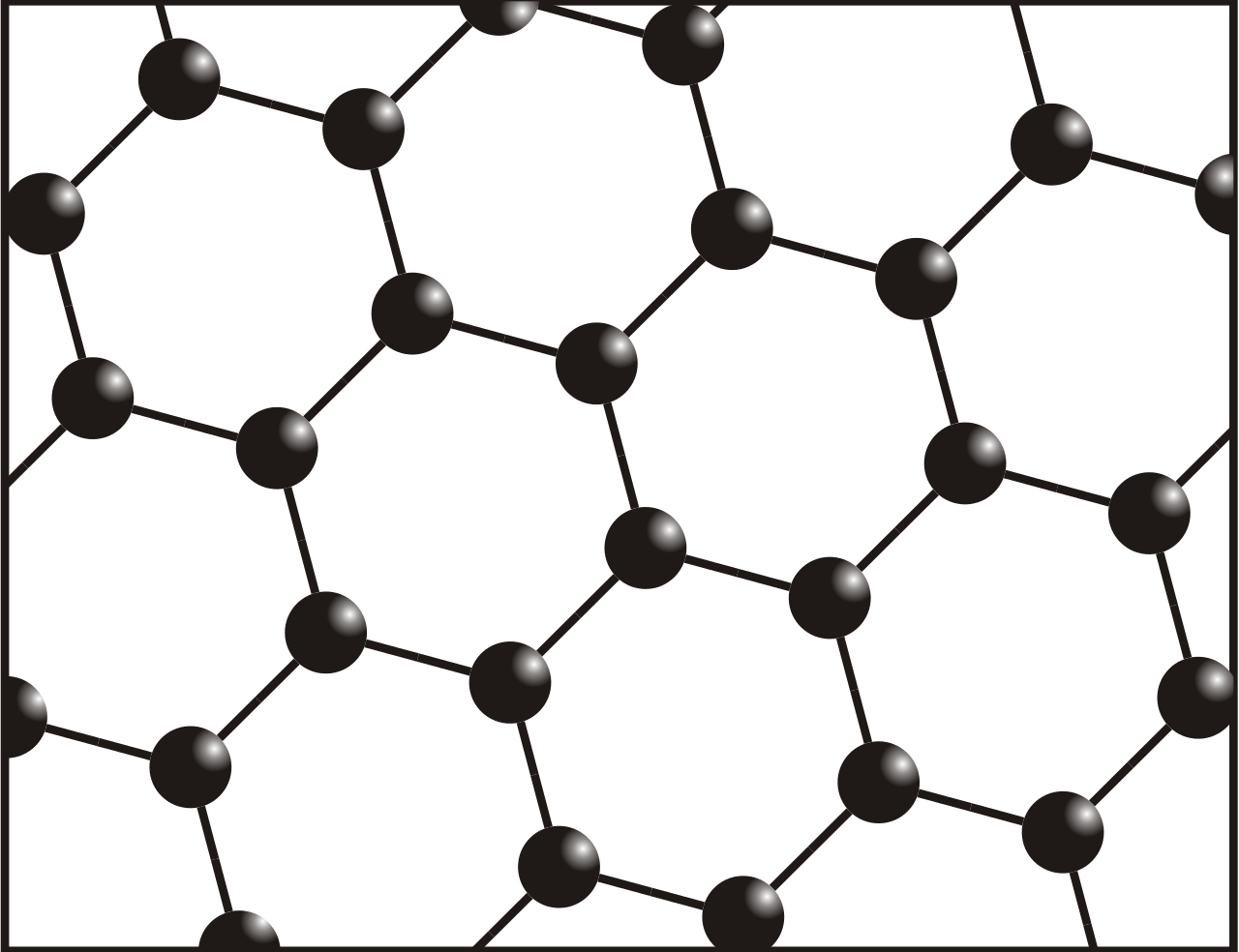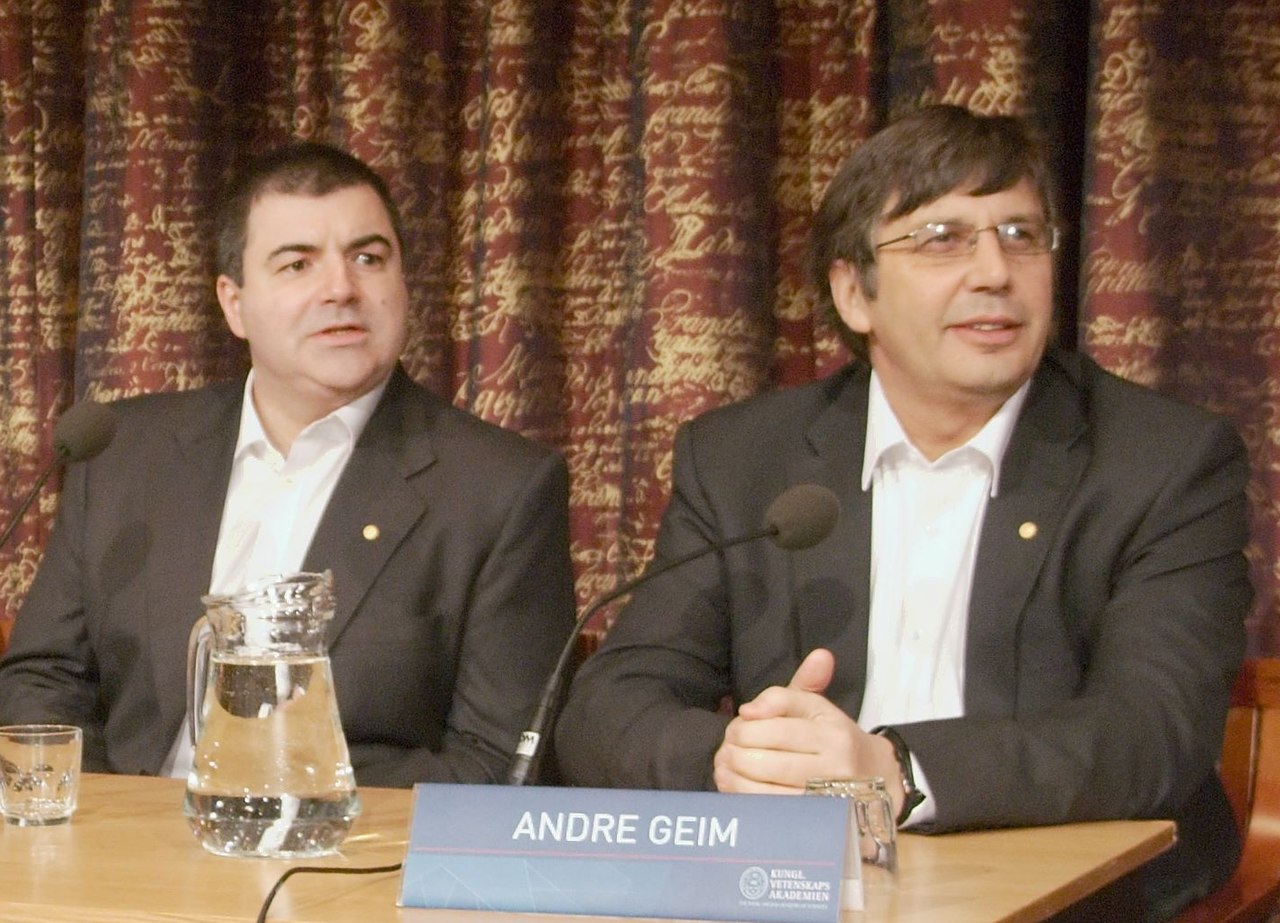There are all kinds of Graphene heating product in PMA Group, such as Graphene heated waist and hand massagers. Do you know what is the material inside? It is Graphene.
Graphene is an allotrope of carbon consisting of a single layer of atoms arranged in a two-dimensional honeycomb lattice.The name is derived from "graphite" and the suffix -ene, reflecting the fact that the graphite allotrope of carbon contains numerous double bonds.Each atom in a graphene sheet is connected to its three nearest neighbors by a σ-bond, and contributes one electron to a conduction band that extends over the whole sheet. This is the same type of bonding seen in carbon nanotubes and polycyclic aromatic hydrocarbons, and (partially) in fullerenes and glassy carbon.These conduction bands make graphene a semimetal with unusual electronic properties that are best described by theories for massless relativistic particles.Charge carriers in graphene show linear, rather than quadratic, dependence of energy on momentum, and field-effect transistors with graphene can be made that show bipolar conduction. Charge transport is ballistic over long distances; the material exhibits large quantum oscillations and large and nonlinear diamagnetism.
Graphene conducts heat and electricity very efficiently along its plane. The material strongly absorbs light of all visible wavelengths,which accounts for the black color of graphite; yet a single graphene sheet is nearly transparent because of its extreme thinness. The material is also about 100 times stronger than would be the strongest steel of the same thickness.Photograph of a suspended graphene membrane in transmitted light. This one-atom-thick material can be seen with the naked eye because it absorbs approximately 2.3% of light.Scientists theorized the potential existence and production of graphene for decades. It has likely been unknowingly produced in small quantities for centuries, through the use of pencils and other similar applications of graphite.

It was originally observed in electron microscopes in 1962, but only studied while supported on metal surfaces.The material was later rediscovered, isolated and investigated in 2004 by Andre Geim and Konstantin Novoselov at the University of Manchester, who were awarded the Nobel Prize in Physics in 2010 for their "groundbreaking experiments regarding the two-dimensional material graphene". High-quality graphene proved to be surprisingly easy to isolate.

The global market for graphene was $9 million in 2012,with most of the demand from research and development in semiconductor, electronics, electric batteries,and composites. The IUPAC (International Union for Pure and Applied Chemistry) recommends use of the name "graphite" for the three-dimensional material, and "graphene" only when the reactions, structural relations or other properties of individual layers are discussed. A narrower definition, of "isolated or free-standing graphene" requires that the layer be sufficiently isolated from its environment, but would include layers suspended or transferred to silicon dioxide or silicon carbide.